BAIE-SAINT-PAUL, QUEBEC
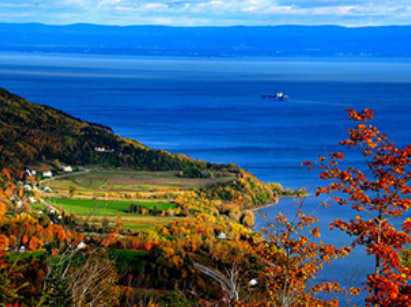 The dot had a name. Baie-Saint-Paul.
The dot had a name. Baie-Saint-Paul.
Saint Paul. Another one who’d seen something unlikely on the road. And whose life had changed.
“We’re on the road to Damascus,” said Armand with a smile. “Or Charlevoix anyway.” It was an area so beautiful, so unique, it had attracted visitors for centuries. At least one American president had had a summer home there. But what Charlevoix mostly attracted were artists, Quebec artists, Canadian artists. Artists from around the world. (The Long Way Home, Chapter 21)
Louise has described the Charlevoix Municipality and specifically Baie-Saint-Paul as “an area so beautiful it almost defies reason” and by simply looking at these photos you can see why. So stunning, in fact, that the region was a favorite locale of the Group of Seven, a.k.a. the Algonquin School, a collective of landscape artists who immortalized the area and spawned the first major Canadian national art movement.
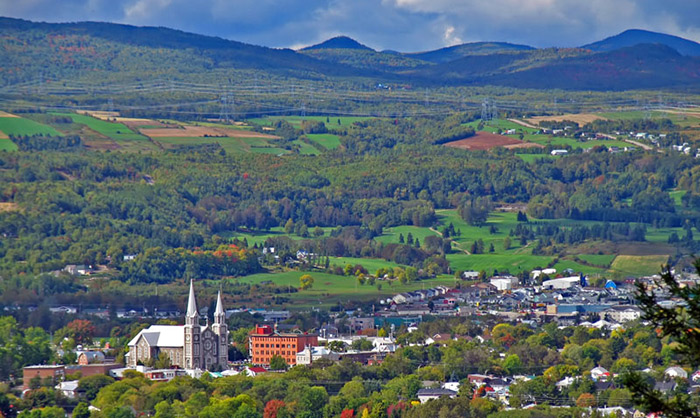
Established as a part of New France in 1678, the village is situated in a valley at the mouth of the Gouffre River and bordered by steep cliffs. Baie-Saint-Paul’s geography made it isolated and nearly inaccessible for almost 150 years, until a road was built in 1812 connecting the settlement to Quebec City.
An odd and unflattering historical side note: Baie-Saint-Paul first came to international prominence in the 1770s when Dr. Philippe-Louis-François Badelard named a local ailment he was researching the “Baie-Saint-Paul maladie.” The condition, it turns out, was a strain of venereal disease and his conclusions became one of the first medical studies published in Canada.
On a more entertaining note, Cirque du Soleil was founded in Baie-Saint-Paul in 1984 by former street performers, Guy Laliberté and Gilles Ste-Croix.
Today, its quaint narrow streets make it a premier destination for tourists and it has one of the highest concentrations of art galleries and craft boutiques in all of Canada. The surrounding countryside offers kayaking, bicycling, bird-watching, and miles of hiking.
Louise mentions both Auberge La Muse and the Galerie Clarence Gagnon in the acknowledgments of The Long Way Home and notes that she took some “artistic license” in describing them.
The “real” Auberge La Muse is a beautifully appointed Victorian Hotel that offers amazing getaway packages including everything from spa treatments to whale-watching. La Muse also houses an eco-friendly restaurant that serves up locally sourced fare and whose philosophy is one of “social, economic and environmental balance.”
The Galerie Clarence Gagnon was the first art gallery to open its doors in the Charlevoix region back in 1975. It is named for the great Québécois painter and Baie-Saint-Paul resident, Clarence Gagnon, who is credited with “inventing a new kind of winter landscape that consisted of mountains, valleys, sharp contrasts, vivid colours, and sinuous lines.” Aside from the traditional buying and selling of works, the gallery also offers appraisals, framing, and restoration.
Oh, and that American president who had a summer home in the region? That would be none other than William Howard Taft, who the locals jokingly referred to as the “Little Judge” on account of his enormous size.

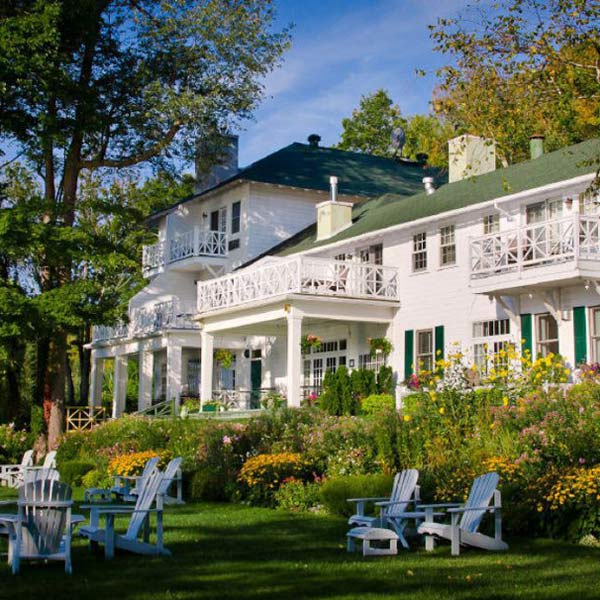
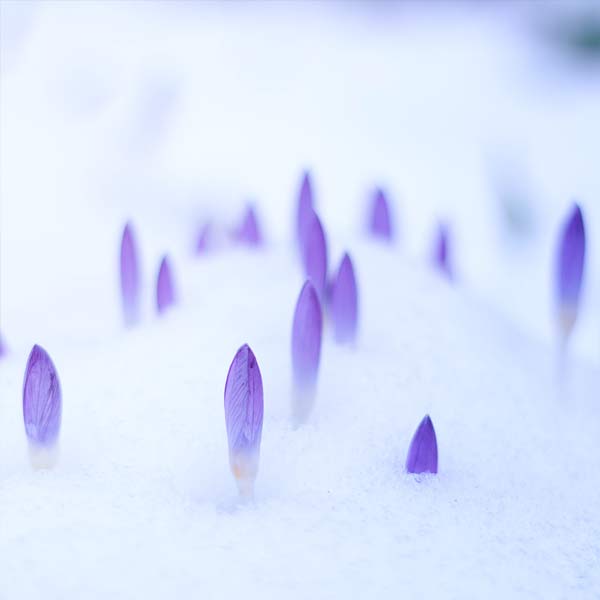
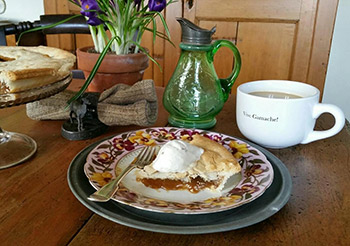
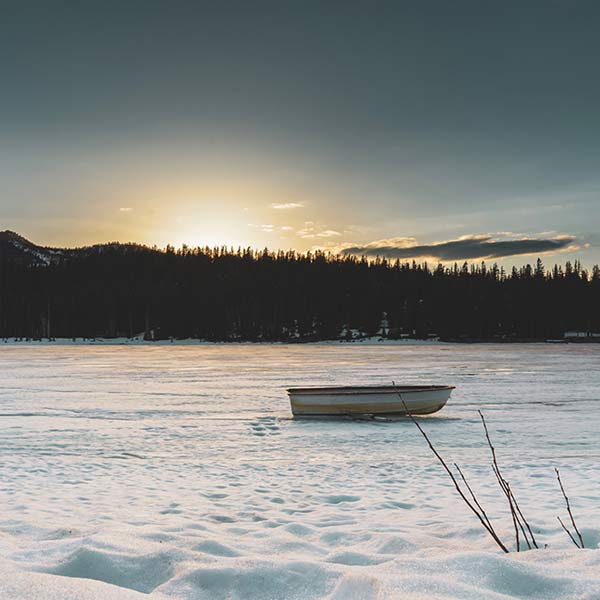
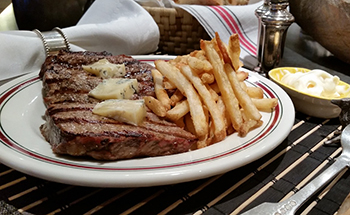
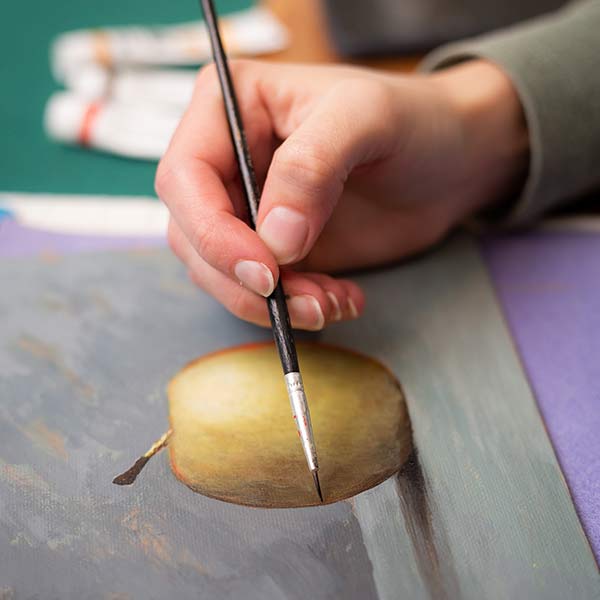
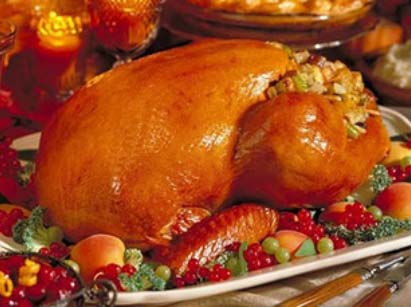
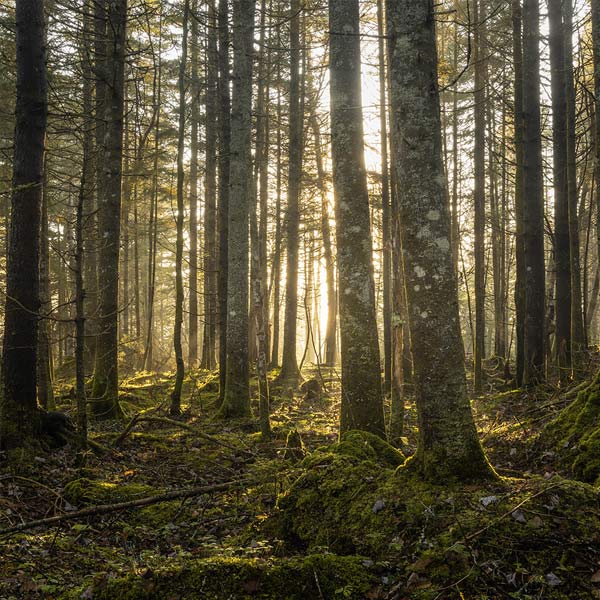
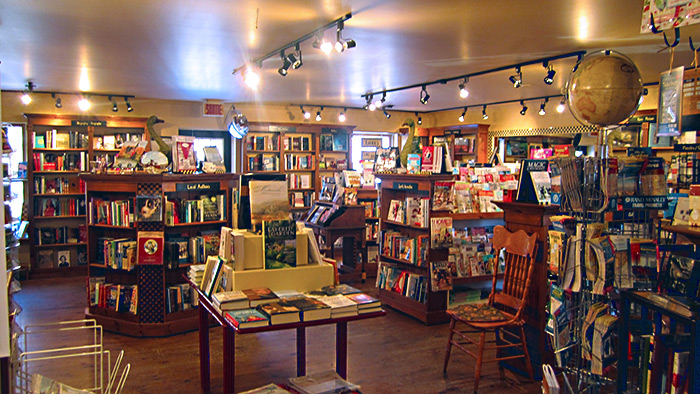
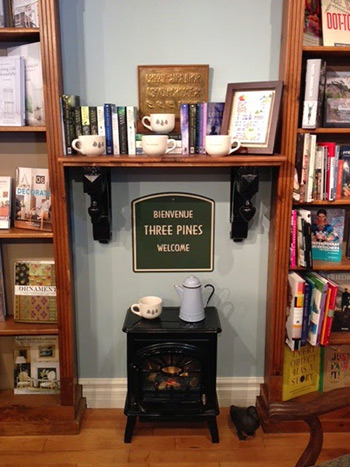 Owners, husband and wife, Lucy Hoblyn and Danny McAuley may be found puttering around the store on most days. Daily they walk to work with their three year old Portuguese sheepdog, Watson, or the big hairy carpet as he is often called. Watson is the official greeter at Brome Lake Books and he has many friends that stop by for a friendly wag. Their three boys Angus (age 18), Adam (age 15) and Benjamin (age 9) have all grown up with the bookstore and have inherited a love of reading; the very best gift a parent can give.
Owners, husband and wife, Lucy Hoblyn and Danny McAuley may be found puttering around the store on most days. Daily they walk to work with their three year old Portuguese sheepdog, Watson, or the big hairy carpet as he is often called. Watson is the official greeter at Brome Lake Books and he has many friends that stop by for a friendly wag. Their three boys Angus (age 18), Adam (age 15) and Benjamin (age 9) have all grown up with the bookstore and have inherited a love of reading; the very best gift a parent can give.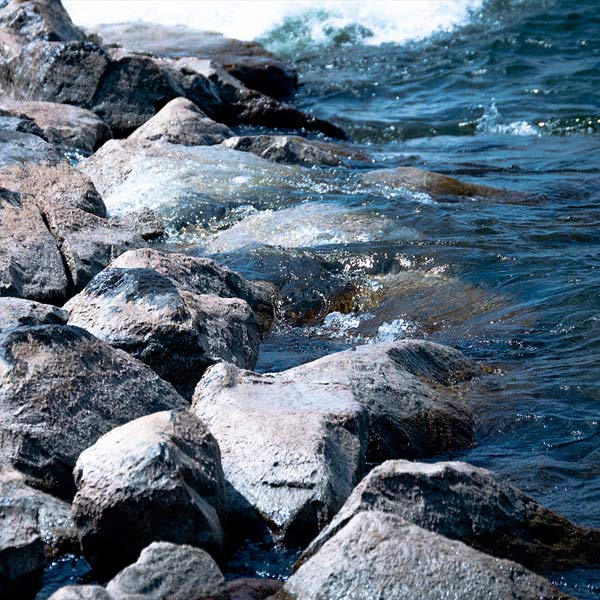
 The dot had a name. Baie-Saint-Paul.
The dot had a name. Baie-Saint-Paul.
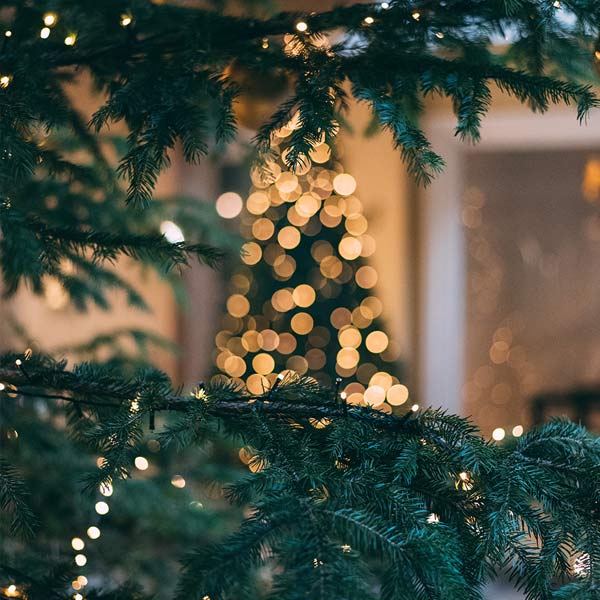


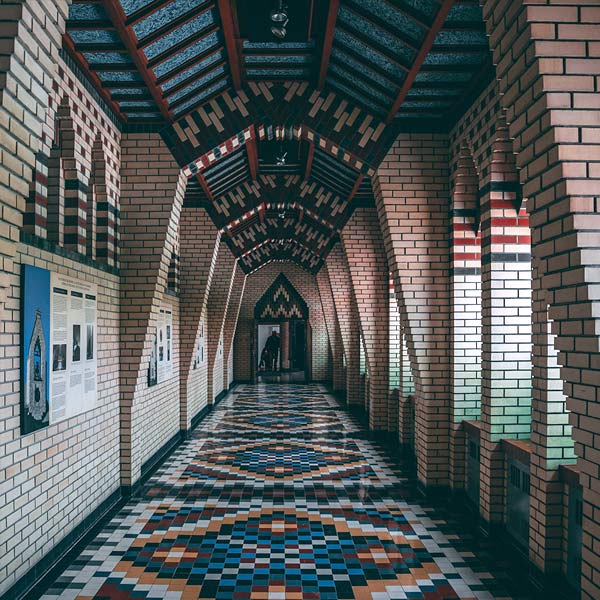
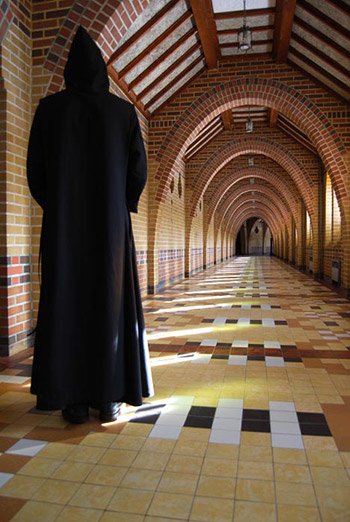 Among the most memorable—and visually stunning!—real places in Louise Penny’s canon is the Abbey of Saint-Benoît-du-Lac, the locale that inspired the fictional Saint-Gilbert-Entre-les-Loups. The religious affiliation and events of the book bear no resemblance to the Benedictine Monks of the real abbey, as explained by Louise: “it became clear in researching [The Beautiful Mystery] that I couldn’t set the book in a monastery, or even an order, that really existed, so I dug into history and found the Gilbertines, an order that actually once existed, but went extinct.”
Among the most memorable—and visually stunning!—real places in Louise Penny’s canon is the Abbey of Saint-Benoît-du-Lac, the locale that inspired the fictional Saint-Gilbert-Entre-les-Loups. The religious affiliation and events of the book bear no resemblance to the Benedictine Monks of the real abbey, as explained by Louise: “it became clear in researching [The Beautiful Mystery] that I couldn’t set the book in a monastery, or even an order, that really existed, so I dug into history and found the Gilbertines, an order that actually once existed, but went extinct.”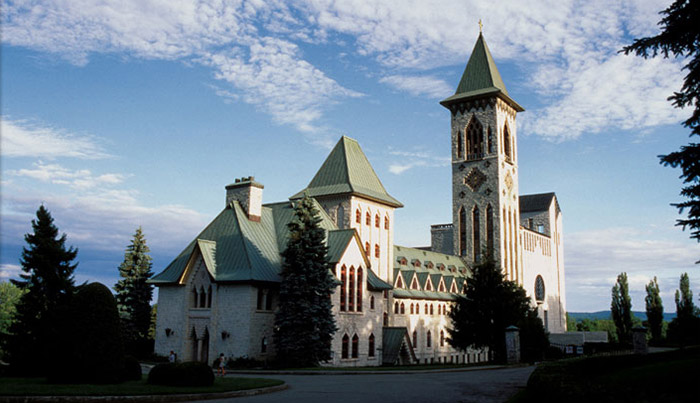
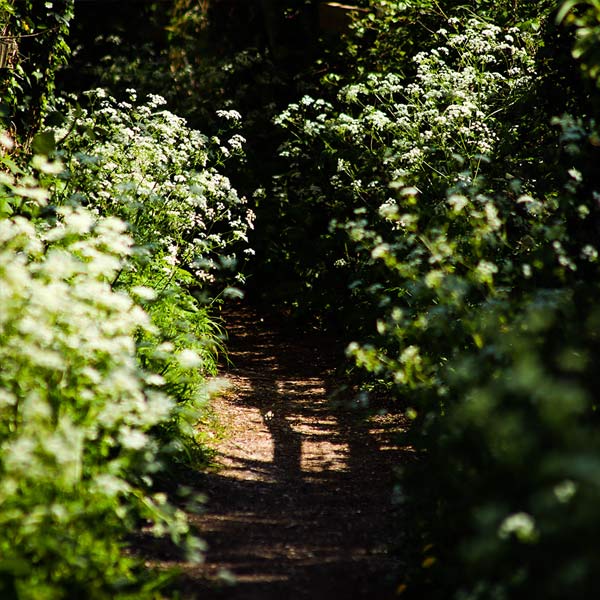
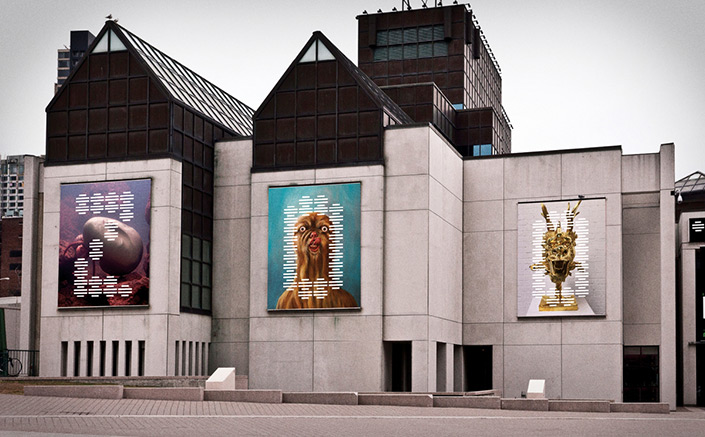
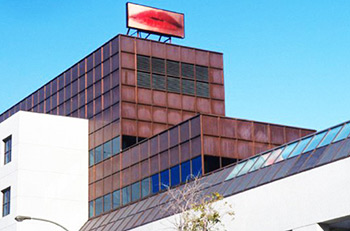 The building itself, designed by the award-winning Jodoin Lamarre Pratte architectural firm, is a site to behold. Decidedly postmodern, composed of multiple angles, and topped with a giant pair of red lips. That’s right. A giant pair of red lips. The work of the gifted artist Geneviève Cadieux, the lips are actually her mother’s and Cadieux says the piece represents the “the idea of the feminine voice” as she feels “it’s very important for women to have a voice and be seen.” It would seem Louise subscribes to that very same maxim, don’t you think?
The building itself, designed by the award-winning Jodoin Lamarre Pratte architectural firm, is a site to behold. Decidedly postmodern, composed of multiple angles, and topped with a giant pair of red lips. That’s right. A giant pair of red lips. The work of the gifted artist Geneviève Cadieux, the lips are actually her mother’s and Cadieux says the piece represents the “the idea of the feminine voice” as she feels “it’s very important for women to have a voice and be seen.” It would seem Louise subscribes to that very same maxim, don’t you think?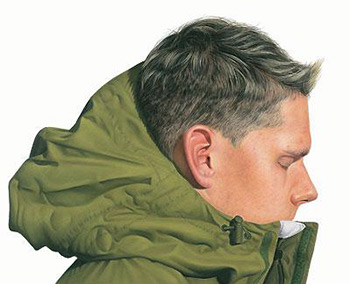 Past exhibitions have included an amazing Jean-Luc Godard retrospective on his personal thoughts and images from the history of cinema, Karel Funk’s hyperrealistic paintings (see image here), and Young and Giroux’s re-examination of mid-twentieth-century modernism and the representation of consumer products.
Past exhibitions have included an amazing Jean-Luc Godard retrospective on his personal thoughts and images from the history of cinema, Karel Funk’s hyperrealistic paintings (see image here), and Young and Giroux’s re-examination of mid-twentieth-century modernism and the representation of consumer products.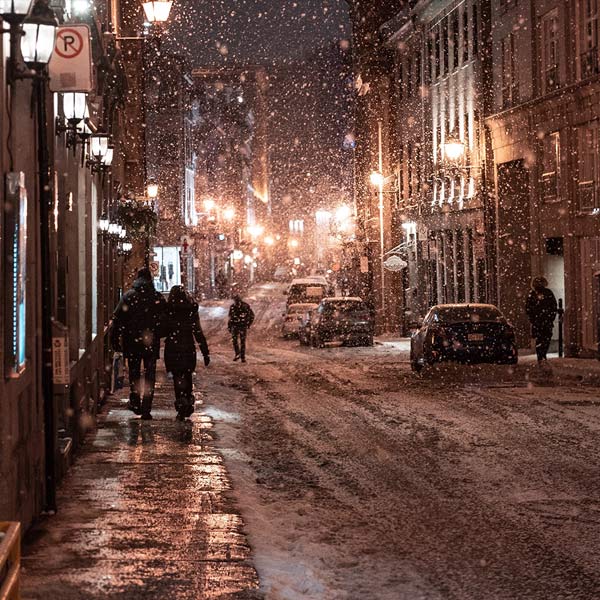
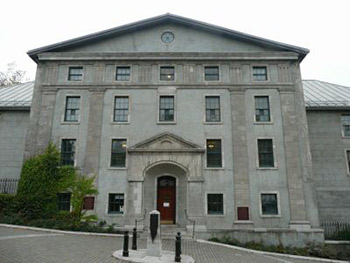 Founded in 1824 and housed in Morrin College (now the Morrin Centre) since 1868, The Literary and Historical Society of Quebec was Canada’s first scholarly order. Their aims are diverse but the preservation of Canadian history and the pursuit of knowledge are writ foremost in their charter.
Founded in 1824 and housed in Morrin College (now the Morrin Centre) since 1868, The Literary and Historical Society of Quebec was Canada’s first scholarly order. Their aims are diverse but the preservation of Canadian history and the pursuit of knowledge are writ foremost in their charter.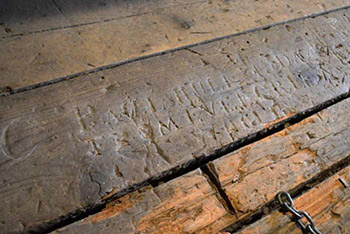 In 1812, Quebec’s first prison or the “common gaol” opened its gates at this location. Severely overcrowded and exceptionally filthy even for the time, the jail saw no running water until the 1850s. It housed both men and women and over a dozen of those men were hanged, their bodies strung out over the main entrance. Closed in 1867, remains of the gaol can still be seen in the basement of the Literary and Historical Society. Among the remnants is this graffiti (pictured here) from one Christopher Paul, an English sailor who was imprisoned in 1850.
In 1812, Quebec’s first prison or the “common gaol” opened its gates at this location. Severely overcrowded and exceptionally filthy even for the time, the jail saw no running water until the 1850s. It housed both men and women and over a dozen of those men were hanged, their bodies strung out over the main entrance. Closed in 1867, remains of the gaol can still be seen in the basement of the Literary and Historical Society. Among the remnants is this graffiti (pictured here) from one Christopher Paul, an English sailor who was imprisoned in 1850.
